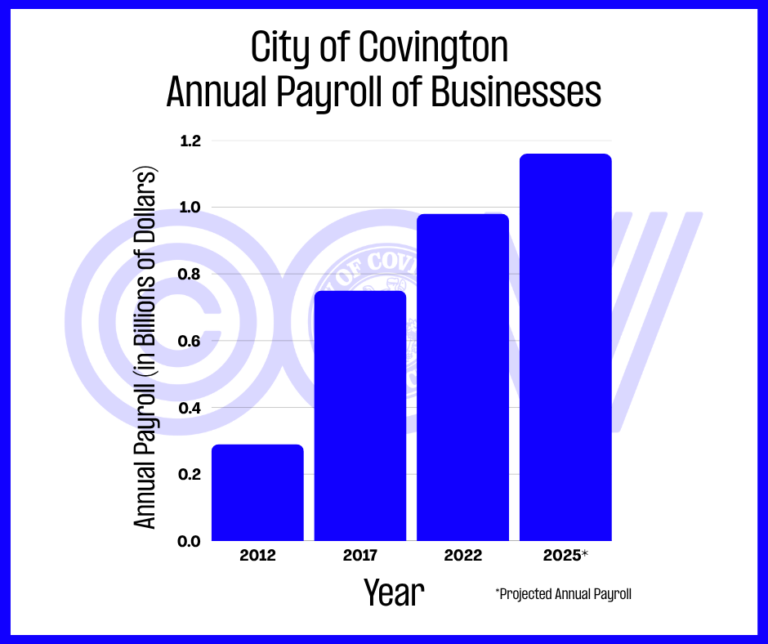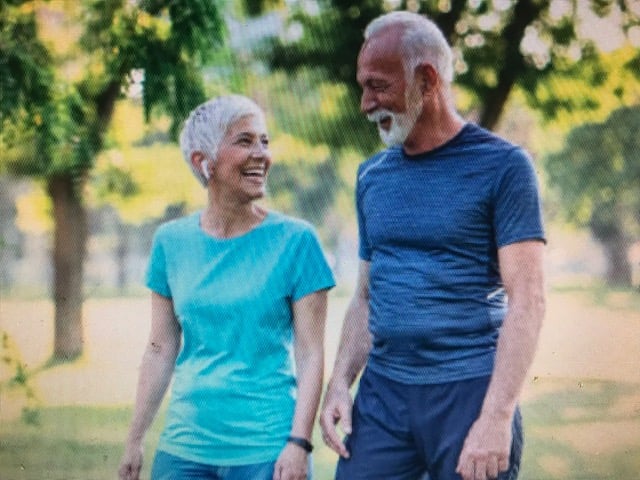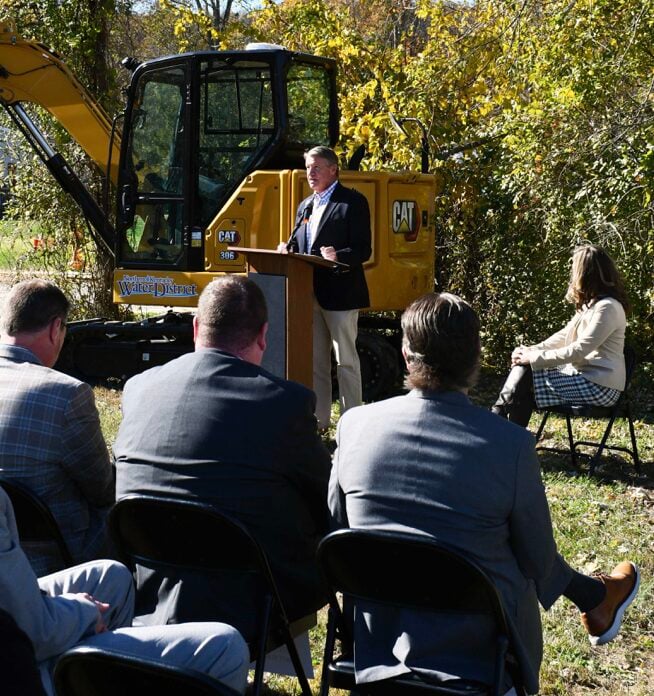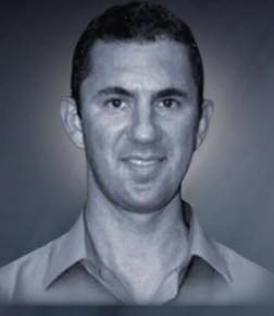There is little doubt people are living longer these days. In fact, data compiled by the Social Security Administration says a man reaching 65 today can expect to live another 19.3 years on average, while a woman turning 65 can expect to live another 19.6.
And those are just averages. About one out of every four 65 year-olds will live past 90, and one out of 10 will live past 95. So, where we live and how we live should be important considerations in our lives.
The majority of adults 45 or older say they would like to stay in their own homes for as long as possible. Those that cannot still expect to reside in a place where they can maintain a good quality of life regardless of their age or health condition.
To do so however, may take a shift in how we view our personal independence, the reality of which may rely more on friends or relatives, new business and living models, and may even take a village.
Consider the sheer magnitude of numbers. There are roughly 78 million aging baby boomers. Eighty-five plus is now the fastest growing age group. Many people born today can expect to live to be 100 years of age, or even more.

Roughly 10,000 people turn 65 in the United States each day. These realities have led to new terms and new thinking regarding what it will take to “age in place,” live in “age-friendly” communities” and be assured of a “continuum of care.”
Many of us may never have heard about, thought about, or even wondered about this new reality. Others have been grappling with ways to maintain their independence, dignity, and a decent quality of life for years.
Remaining independent along the age continuum is forcing individuals, families, and communities to consider a host of issues impacting where we live, how we live, our mode of travel, access to services, and how we socialize and communicate with others.
According to the U.S. Department of Health and Human Services, more than 70 percent of Americans over the age of 65 will need long-term care services at some point in their lives. In fact, anyone reaching the age of 65 has a 40 percent chance of entering a nursing home, with a 20 percent chance of staying there for at least five years.
Yet even the young are at risk of needing long-term care. The Family Caregiver Alliance estimates that 40 percent of the 13 million people receiving long-term care are between the ages of 18 and 64.
Despite these projections many of us still avoid discussing the subject and give a variety of reasons for not doing so. People generally don’t want to consider their own or their loved ones mortality. Others harbor misperceptions about what it means to grow “old”; and still others maintain denial or expect that “the government will take care of me when the time comes.”
Regardless of the rationale, people still expect to be able to rely on some sort of assistance when needed.
One such option is continuum of care. Often associated with health issues and care of older adults, it also refers to many issues associated with span of life including substance abuse, rehabilitation, homelessness, etc., in addition to long term care.
Continuum of care for older adults may comprise a number of different stages depending upon the circumstance. These stages can include: Independent Living, Assisted Living, Alzheimer’s and Memory Care, Nursing and Rehabilitative Care, Respite Stays, and Hospice.
According to the Agency for Healthcare Research and Quality, a bureau of the Department of Health and Human Services, continuum of care is “less a facility and more a concept” for addressing health care over time. As such, choosing the right option at the right time can make all the difference in the world.
Another approach that has gained momentum in recent years to help older adults “age in place” is the Village to Village Movement. It started some 15 years ago in a Boston, MA neighborhood to help local residents remain independent. This membership-based, member-driven and self-governing movement has today spawned over 200 similar type villages and more than 150 in development in 45 states, including the District of Columbia.
One of the driving forces behind this movement has been the profound effect of loneliness on the health and independence of elders. It is estimated that one in three people 65 or older live alone. That figure rises to 50 percent for those 85 or older. The correlation between loneliness and health are seen as a critical public health problem.
Villages are committed to helping their members age in a place of their choosing, closely connected to their communities and with the supports and tools they need to create the type of successful aging that works best for them. They further create opportunities for individuals to use their talents to improve village impact and benefit the overall community, provide social activities that minimize isolation, and promote interaction and trust.
To learn more visit: www.vtvnetwork.org.
Adult day centers are another option intended to help older adults stay in their home and community instead of being institutionalized in a nursing home. Offering a variety of planned activities, they promote well being through social and/or health related programs in a supervised and supportive setting.
They too, work with people who need assistance to function independently, are socially isolated, and will benefit from interaction with others. One example of a new business model incorporates a health club for seniors. It offers a variety of services that include mind, body and spirit.
Whatever your option, aging and independence were never meant to be lived alone.
Jeff Rubin is an advocate and adviser on community and aging issues, having spent over 20 years as a director and facilitator of community service programs at the local, state and national levels. An advocate for “Age-friendly” and “Livable” communities, Mr. Rubin is currently working to advance these initiatives statewide in Kentucky and invites your comments, involvement, and support. He can be reached at Jeffrubin515@gmail.com.






















